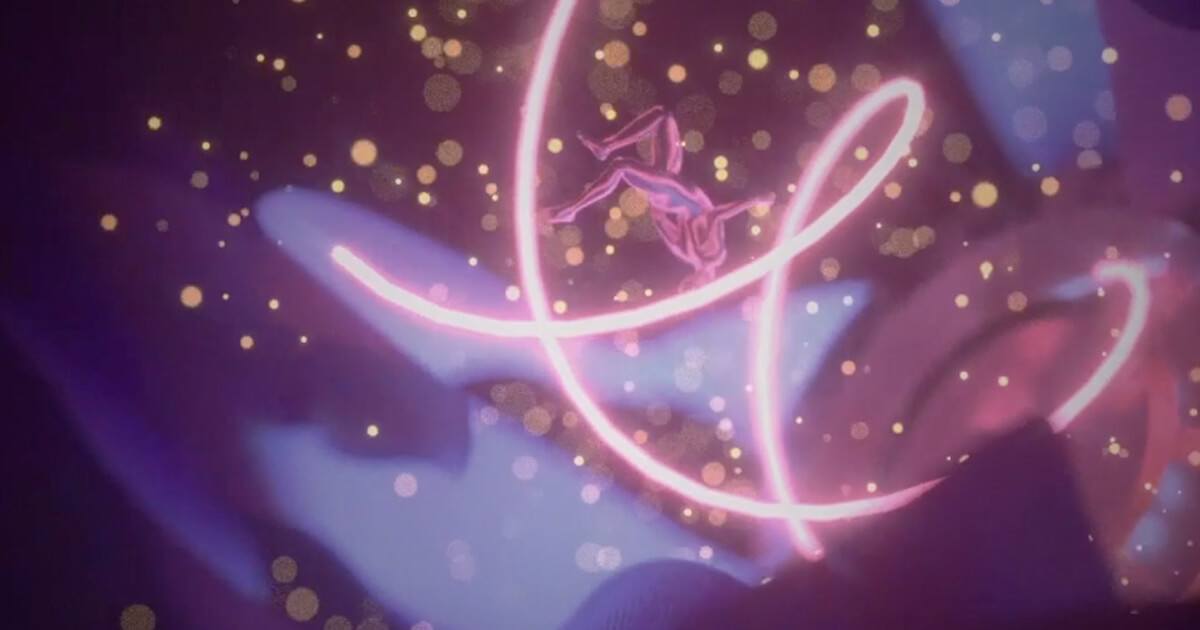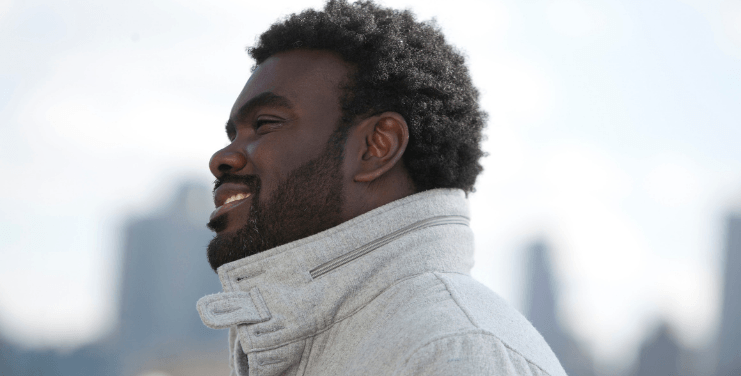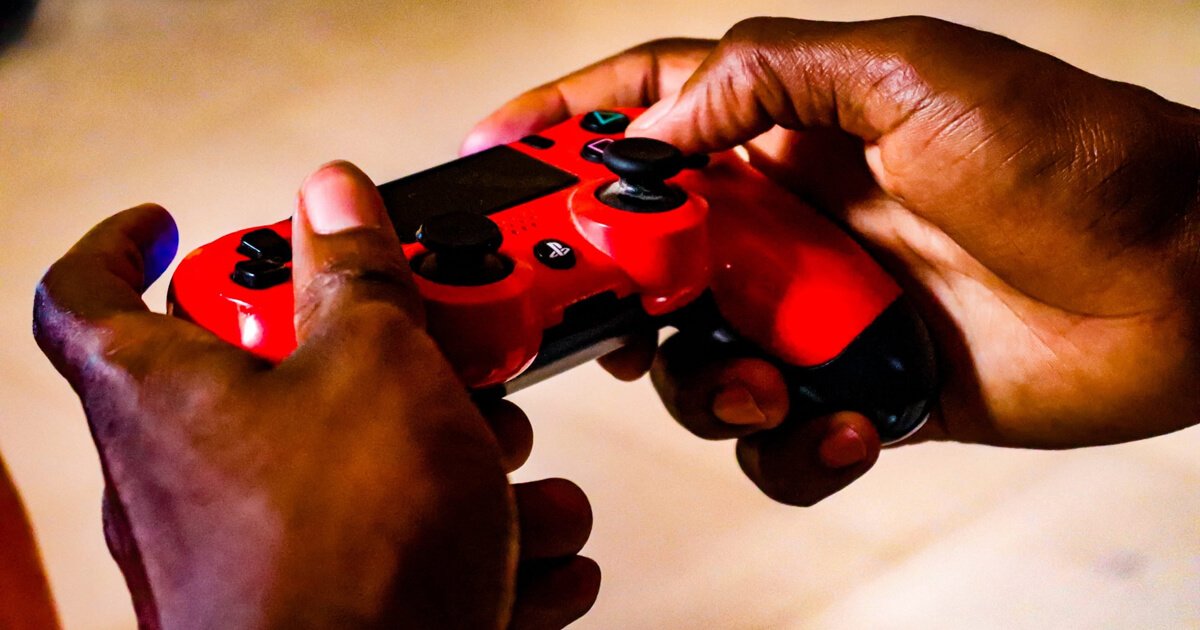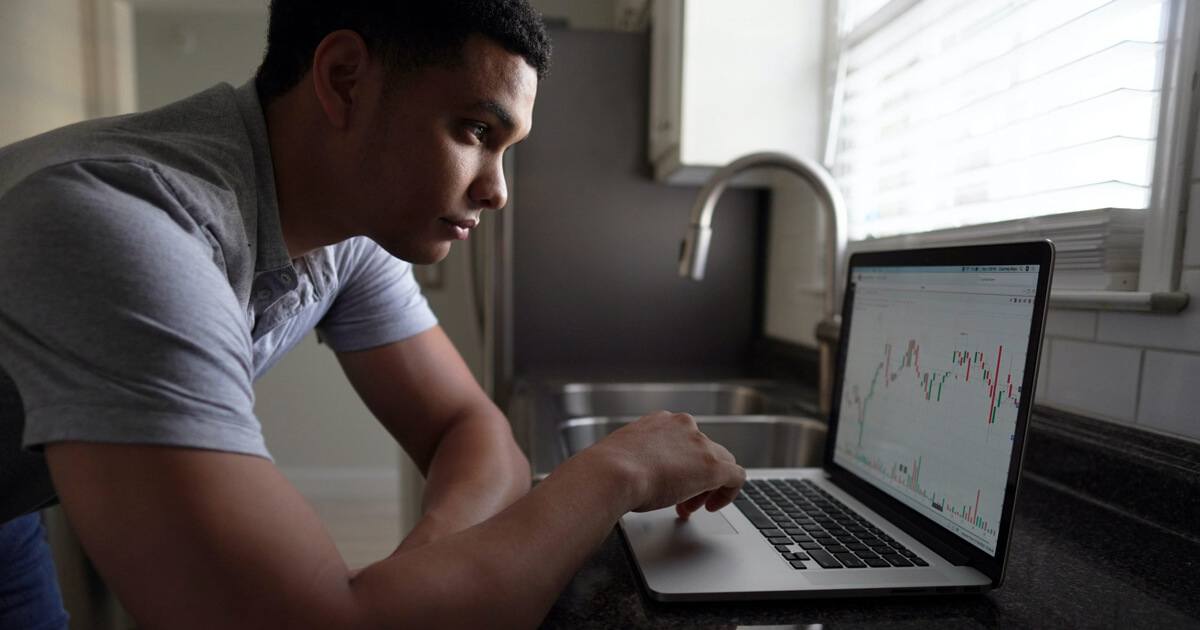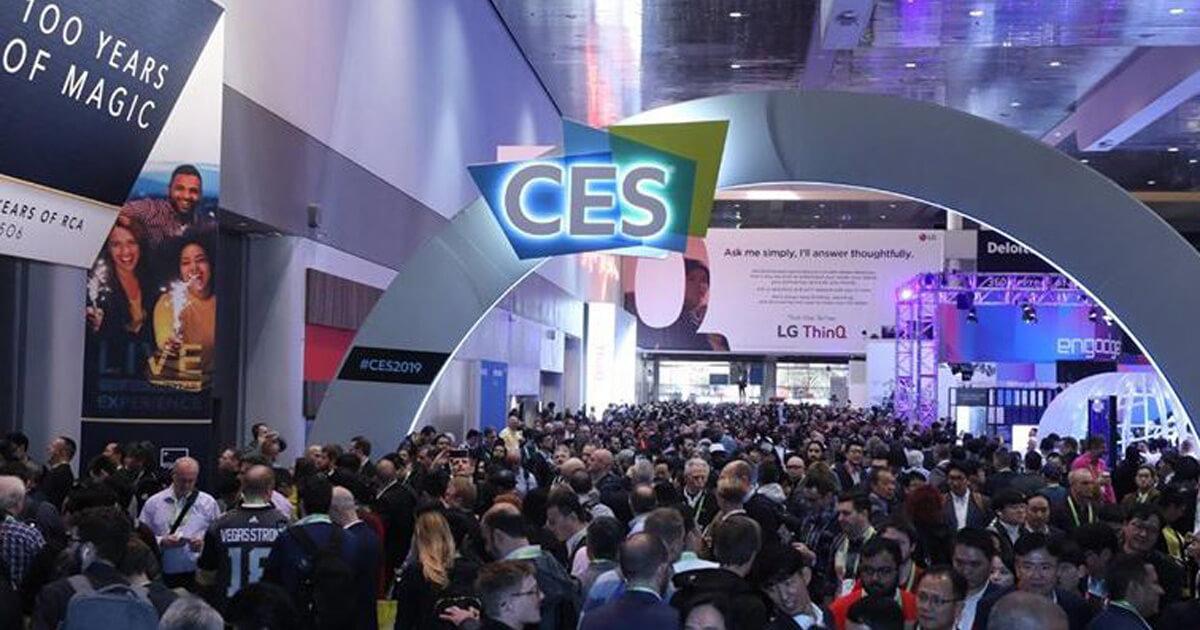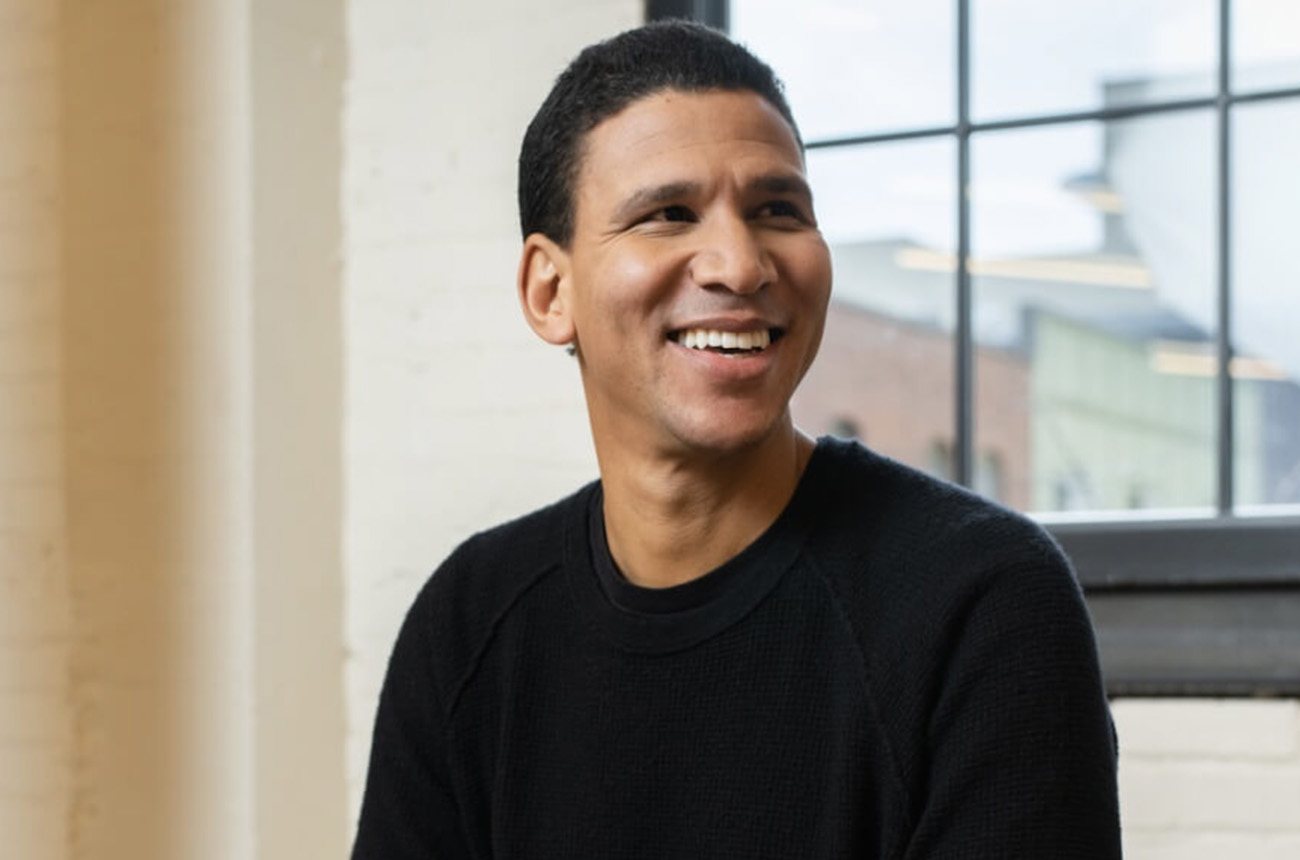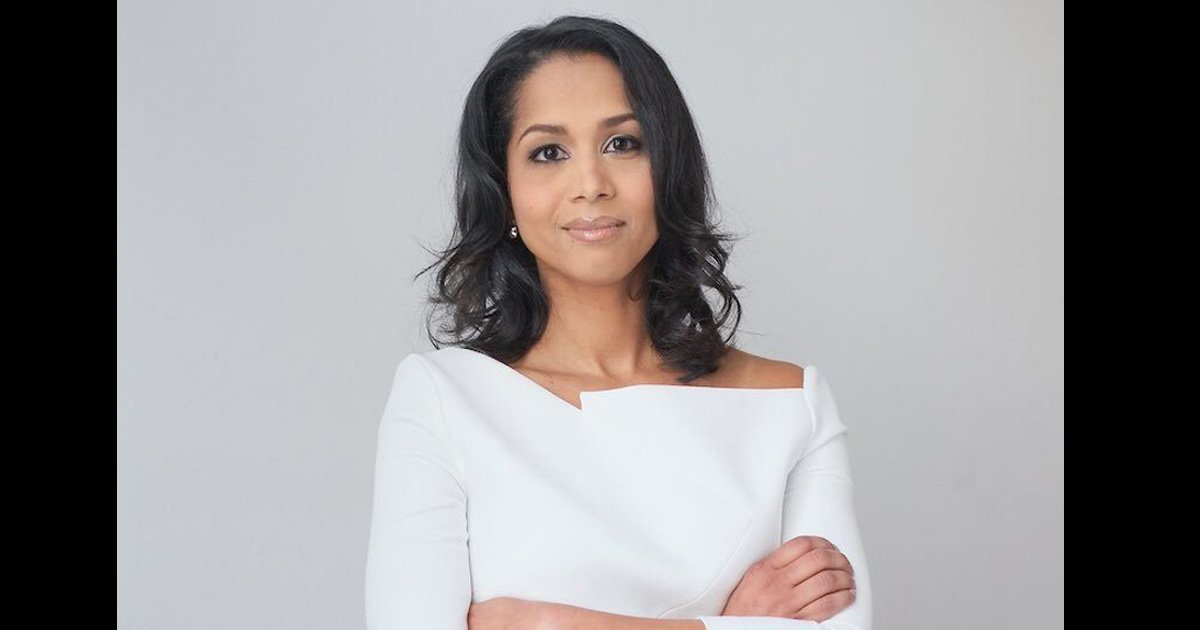A casual observer would be forgiven for thinking that NFTs (non-fungible tokens) are yet another crypto-based get-rich-quick scheme. Amongst the ravenous gold rush to create and sell NFTs (particularly after digital artist Beeple sold a digital piece for $69 million in March this year) thousands of enterprising corner-cutters attempted to sell lazy memes ripped straight from Google images. But the market has since sophisticated and making money isn’t about just having and NFT up for sale, rather hustling to shift it. At least that’s what Black NFT artists have told The Plug. They have seen their professional lives transform in 2021.
As NFTs took off a few months ago, these artists have been given an opportunity to make a name for themselves and make money from their work, in a way that has not been possible in the traditional art world. Andre Oshea, a digital creator based in Atlanta, Georgia started building his NFT skills long before anyone knew what ‘non-fungible token’ meant.NFTs stands for non-fungible token, which means each asset is unique and can’t be substituted for something similar. For example, the original Mona Lisa doesn’t hold the same value as a printed copy, the original is a one-off. NFTs, whether they are digital illustrations, music or something else, are unique collectibles that have a verified owner on Ethereum blockchain.
That exclusivity and traceable ownership are what makes them valuable.I think for NFTs you got to be in the streets like when people are talking about selling their mixtape, that’s what NFTs are about. You got to be on the streets grinding, talking to people and making connections, Oshea said. Those are the important things I learned in the community building that I was doing when I was involved in underground art events. Learning how to engage the community, listening to what people want, and, you know, learning how to adapt and respond accordingly. Those skills translated well for the NFT space. Oshea quickly realized that artists who spam NFT Discord servers with their work (or shilling as it’s colloquially known) in the hopes of snaring buyers was the wrong strategy. Instead, he spent time building a community on Twitter.
His feed ticks the boxes of brand-building tactics that any decent social media manager will recognize: polls, starting discussions and engaging with other influential users. It has paid off, Oshea has sold 59 NFTs, most via the Foundation platform – a marketplace for NFTs – which he joined in February. He is on course to hit his target of making $100,000 this year early. One of his latest pieces When God Said Let There Be Light has a 4 ETH (the cryptocurrency used to trade NFTs) reserve, which is worth $10,290, at the time of writing. Behind the high-figure headline sales, successful artists are drawing on tried and tested skills to auction off their work. Hassan Nur, a motion designer from South London, is a prolific networker he argues that London is a networking hotbed. Nur knows about and attends industry events like the London Siggraph, the bi-monthly See No Evil animator workshop and Vertex, London’s main virtual effects and games event – alongside day-to-day meetings with other industry people.
His contact book in dial-up times would amount to several Rolodexes. A perfectionist, Nur is waiting for the right piece before announcing his debut NFT drop. Trying to create something in the NFT space is daunting, there’s lots of random junk, but also some amazing pieces from people like Raff Grassetti. My personal path is to explore hard surface design mainly Robots in natural settings which is something I personally enjoy but I haven’t perfected the right piece yet, Nur told The Plug. One major issue for smaller artists is the lack of invites to the big platforms, or waiting to upgrade GPUs (graphic processing units) to get more complex designs off the ground. There’s an assumption that the NFT space can be a bit ‘get rich quick’, but if there’s longevity in the platform it’s worth doing something that lasts and adds to the space too, he continued. To do that you have to hustle and network to make it.
Gallery access is one of the biggest stumbling blocks to success in the NFT world. Exclusive platforms that require an invite, or have an application process, like Foundation and Async Art, are coveted by artists because they’re not flooded with lazy, cheap pieces. As such, the big buyers will flock to these platforms because of that curation. Foundation claims since it launched in February 2021 five months ago that creators have earned 24,499 ETH, or $56,797,864.23 at the time of writing. The exact source of that money isn’t always clear. Whilst artists and collectors often enjoy close proximity, anonymity of some deep-pocketed buyers has also been a cause for concern for some creators. Largely because it’s not always clear the exact source of wealth of collectors spending thousands on artwork. Julien Schleiffer, a French artist based in Strasbourg, has specific concerns about who is buying his work.
If I know that there is some kind of dark terrorist group behind it [the money] then I don’t know. I have talked before with a friend about this: what happens if Marine Le Pen wants to buy a piece from you?, Schleiffer told The Plug. Would I sell it to her or not? That’s a difficult question. Because you can sell to a client and say, ‘Okay, this is my work. You like it, cool, but I don’t like you.’ Or you can say ‘well, no, this is my limit. You’re not a respectable human being.
‘The nascent NFT world has its opaque elements and at times carries a whiff of susceptibility to grifters, which is something artists The Plug has spoken to said they have to navigate. Creator Tyrone Hua complained on July 6th that their designs had been copied and sold by another NFT creator named Julien (no relation to the artist mentioned earlier), who happens to be another prolific tweeter deeply engaged with NFT Twitter. Julien eventually issued an apology for selling Hua’s work as his own. Neither Julien or Hua wanted to speak to The Plug about the incident, but copyright theft is a genuine concern because it’s not difficult to mint an image in the blockchain (which is how NFTs are made) and sell it on.
Foundation, the platform Julien used to sell Hua’s work, said that it has a dedicated trust & safety team, and we always ask that our collectors conduct their research, connect with artists directly, check etherscan, look at the artist’s verification, through their social profiles, etc. to ensure they are committed to their bid and subsequent purchase. All that to say, we are not involved in this dispute. Our community guidelines share [sic] that you can’t upload anyone else’s copyrighted or otherwise proprietary work, Foundation representatives said in a statement.
There are other hazards artists have to look out for too. The price of Ether, the currency used to trade NFTs, has crashed in recent weeks, with one artist – Brian Mcarthy – telling The Plug that the value of their sales had been halved, saying he plans to hold on until the currency bounces back. But in an example of the unpredictability of cryptocurrency prices, Ether has recovered by 3.5 percent in the last 24 hours at the time of writing. By the time this story has passed through editors, been formatted and reached your eyeballs, Ethereum will likely have moved significantly again.
Regardless of NFT teething issues, Black artists like Shay The Surrealist and comedian Slyfly McCartney – who has a piece on Foundation with a reserve price of $801,103.80 – are clearly thriving. There’s a sense amongst artists that NFTs have reset the playing field and handed them opportunities that have not been forthcoming in the traditional art world. They’re not the instant cash cow those early meme sellers thought they were, rather a new opportunity that isn’t restricted to those with the right connections, but those who can make connections.

